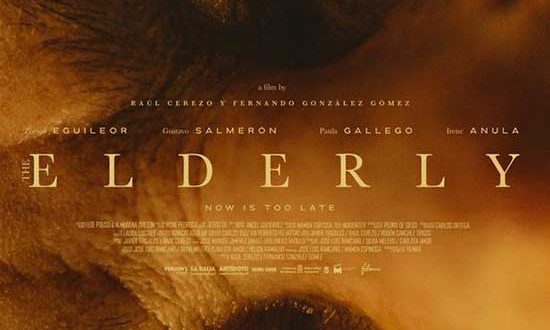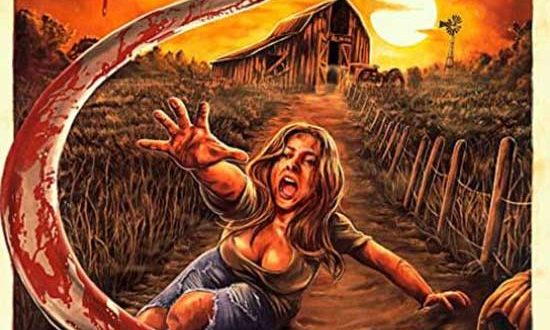Watch ‘Judee Sill: Lost Angel’: Definitive Documentary of an Unsung Genius

Table of Contents
“Watch Online ‘Judee Sill: Lost Angel’: Definitive Documentary of an Unsung Genius”
“‘Judee Sill: Lost Angel’: Definitive Documentary of an Unsung Genius”
The avalanche of music docs over the past decade has left very few stones unturned — and more than a few films that can barely justify their running times if not their existence. But one overdue and heretofore untold story is that of Judee Sill, a brilliant, innovative early ‘70s singer-songwriter who was the first artist signed to David Geffen’s Asylum Records, and was labelmates and/or a contemporary of the Eagles, Linda Ronstadt, Jackson Browne, Graham Nash, David Crosby and Joni Mitchell. Sill was frequently compared with the latter (to her great annoyance) and although there are few direct musical similarities, they were both among the most original and innovative singer-songwriters of the era: Her music fit early ‘70s Southern California vibe of her label and milieu, but it was stranger, with deep classical influences, wildly unusual structures and voicings and often dark subject matter.
The latter factor was no coincidence: Her musical brilliance was countered by a deeply self-destructive streak, including drug abuse, prostitution, robbery and ensuing jail stints that began in her teens, that ultimately led to her death in 1979 at the age of just 35, leaving behind just two vastly under-recognized albums containing brilliant songs like “Lady-O,” “The Kiss,” “Jesus Was a Cross Maker,” “The Phoenix” and others. But the world has caught up with them and, in this definitive documentary — currently seeking distribution and screening at DOC NYC — her talent is spoken of in awestruck tones by contemporary artists like Big Thief’s Adrienne Lenker, Weyes Blood’s Natalie Mering, Shawn Colvin and Fleet Foxes (who are seen covering one of her songs in concert) as well as many of the above people and Geffen.
While he gave her albums as big a rollout as any of the other Asylum artists — there was even a Judee Sill billboard on Sunset Blvd. — her music was far more complex than, say, the Eagles or Jackson Browne’s and other staples of early 1970s FM radio, and Geffen stresses that she got the same shot at stardom that the others did. However, she refused to play the music-industry game that many of her contemporaries thrived in; if you want to see the face of an offended David Geffen, watch for his reaction here to reports that he dropped her from the label after she called him a seriously off-color name onstage and declined to answer the door after she pleaded with him from his front lawn — he denies them all, says she was dropped by the label after he had left, and adds, “I didn’t even have a lawn.”
Five decades on, the challenge for documentarians is the small amount of film footage that such under-recognized artists left behind, but directors Andy Brown (disclosure: this writer attended college with him) and Brian Lindstrom have done a masterful job of making the most of what little there was, enlivening the narrative with contemporary interviews, photos and voiceovers, as well as drawings and passages read by a voice actor culled from her voluminous journals.
It’s a sad film and couldn’t not be: Born in Oakland, Sill came from a troubled home (her father, whom she adored, died when she was young and the film suggests that she was abused by her stepfather) and fell into self-destructive behavior as a teen. She began experimenting with drugs and joined some friends in robberies “just for kicks” and ended up in reform school — where she became the keyboardist and leader of the church choir, which she credits with the gospel influences in her later music. “I learned a lot of good music in the joint,” she said.
The film tracks her fierce ambition to be the greatest songwriter in the world, balanced with her self-doubt and destructive tendencies. She eventually moved to Los Angeles and “lived in a Cadillac with five other people, sleeping in shifts.” The fact that within two years, thanks to covers of her songs by the Turtles and the Association and her own burgeoning solo career, she had not only her own home but her own billboard on Sunset Strip speaks not only to the depth of her talent but also how much it was respected by powerful people.
Yet her self-destructive streak continued even at the peak of her career, which was always based more on her potential than any chart success: A provocative personality, she would tangle with everyone from friends and lovers to collaborators and audience members, and, ultimately, Geffen. Souther, in particular — who was dating her and Linda Ronstadt at the same time — was called out for his lack of loyalty: After she played him “The Ridge Rider,” a song about a drifter that she said was written for him (she apparently told two other men that the song had been written for them, too), he recalls, “She looked me in the eye and called me an irredeemable bastard or something like that.”
Yet the film focuses just as intently on exactly what made her music so exceptional: Current songwriters and journalists analyze it from a musicological standpoint, focusing on her unusual melodies and classically influenced voicings, while friends from the time recall her writing and recording the songs, which she largely self-produced (despite being credited to others, such as longtime Joni Mitchell engineer Henry Lewy) and even conducting the orchestra for her second album.
However, her final spiral began after she lost her record deal. She fell into substance abuse and an equally abusive romantic relationship with a man who some say caused a serious injury when he pushed her down a flight of stairs; a car accident led to her being addicted not to the opiates that her history forbade doctors from prescribing, but other painkillers.
She rallied and recorded some strong demos for a prospective third album (which were posthumously released , but instead became reclusive, depressed and, as she described it, “a hopeless heroin addict,” and withdrew. She died alone in 1979, just days after a friend had seen her and said she seemed in great spirits. The documentary notes that at the time of her death, no obituaries appeared and her albums were out of print.
Yet as the film shows, via testimonials and covers of her songs performed by Fleet Foxes and Colvin, her brilliant songs have persevered — and hopefully this definitive documentary will bring them and her story to even more people.
If you liked the article, do not forget to share it with your friends. Follow us on Google News too, click on the star and choose us from your favorites.
For forums sites go to Forum.BuradaBiliyorum.Com
If you want to read more Like this articles, you can visit our Watch Movies & TV Series category




